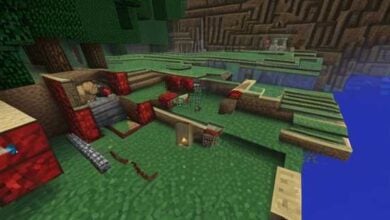Minecraft Slime Guide: How to Find Slimes and Build a Slime Farm
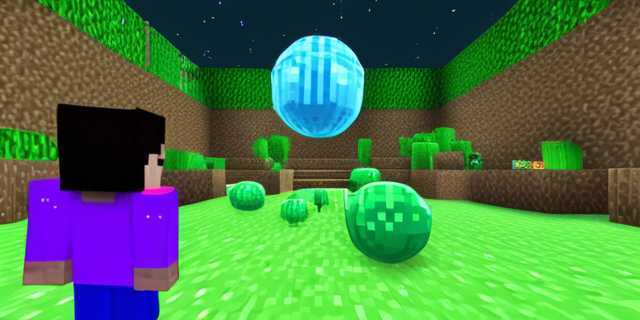
Slimes are one of the most sought-after mobs in Minecraft due to their ability to drop slimeballs, an essential resource for crafting sticky pistons, leads, and slime blocks. However, finding slimes can be tricky since they only spawn under specific conditions. In this guide, we’ll break down where to find slimes, how to create an efficient slime farm, and some extra tips to maximize your slimeball collection.
Where to Find Slimes in Minecraft
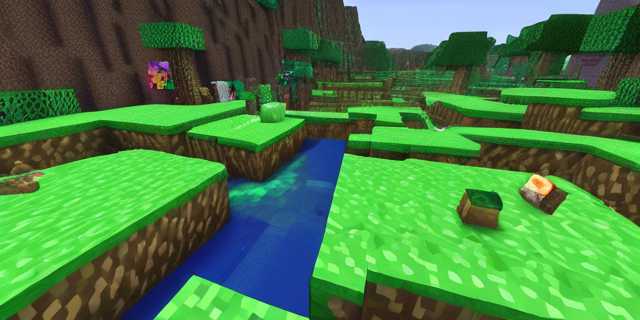
Slimes spawn in two primary locations: swamp biomes and slime chunks. Understanding their spawning mechanics is crucial for gathering slimeballs efficiently.
- Swamp Biomes: Slimes naturally spawn in swamp biomes during nighttime, particularly on nights with a full moon. Their spawn rate decreases during other moon phases, making it inconsistent. The light level must be below 7 for slimes to appear, so avoiding torches or other light sources can help increase spawn chances.
- Slime Chunks: The most reliable way to farm slimes is by locating slime chunks—specific 16×16 block sections of the world where slimes spawn regardless of the moon phase. These chunks are randomly generated and can be found using external tools like chunk finders or by manually observing slime spawns in deep caves.
- Light Levels and Y-Coordinates: In slime chunks, slimes only spawn below Y=40, meaning players must mine deep underground to find them. Unlike swamp slimes, these slimes can spawn at any time, making it the preferred method for creating a farm.
Tip: If you want to find slime chunks manually, dig out a large area below Y=40 and wait to see if slimes spawn. This is a way to get confirmation about the site before spending your time and resources on setting up a full slime farm.
How to Build an Efficient Slime Farm
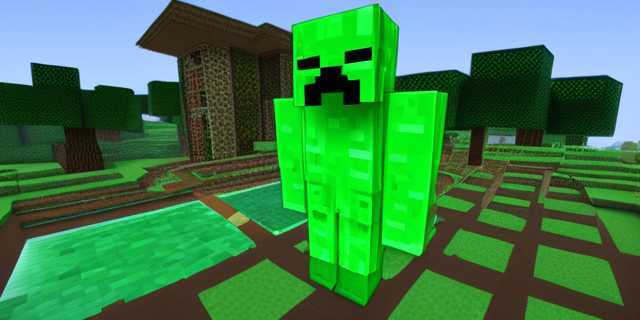
After you have located the slime chunk, the first task is to construct a farm that can provide you with a steady stream of slimeballs. A functional slimes farm promotes rapid spawning and convenient item gathering.
- Clearing Out the Area: Start by digging a significant portion of the slime chunk, ideally from Y=40 all the way down to the bedrock. The larger the space, the more likely the slimes are to spawn. Many players also design extra layers of spawning platforms to maximize efficiency.
- Using Iron Golems for Luring: Since slimes are known to attack iron golems, encouraging slimes towards the destruction mechanisms like magma blocks or campfires can be achieved by placing golems in key positions. Through this trick, slimes simply die without requiring any engagement from the player.
- Hopper and Minecart Collection System: Using a collection of hoppers and minecart hoppers under the killing area is the most efficient and straightforward way to gather all slimeballs dropped. This way, every slimeball produced is caught and put into a chest for easy access.
Tip: Place torches or another type of light source that does not allow slime to spawn on non-slime spawning blocks, so that the other hostile mobs, such as zombies and skeletons, do not take the mob cap and deprive slime spawn.
Optimizing Slime Spawn Rates
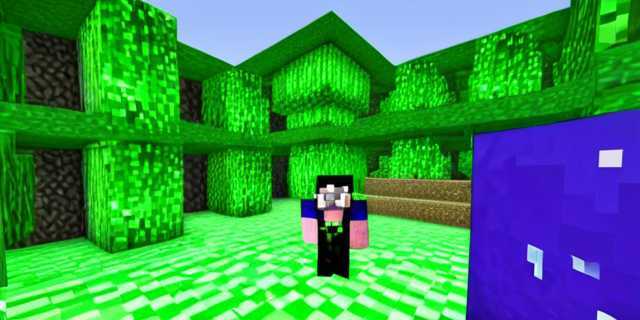
Building a slime farm is just the beginning since there are various other methods to optimize it thus producing maximum slimeballs in the least amount of time.
- AFK Positioning: Standing a minimum of 24 blocks away from the spawning platforms yet within 128 blocks ensures that slimes keep spawning and they are not despawned before they are collected.
- Slime Chunk Isolation: Ensure that you light up the adjacent caves and also clear out other possible spawn areas for hostile mobs. In this way, the game is forced to prioritize spawning slimes in your farm rather than other mobs in the area.
- Build in a Superflat World (Creative Mode Farming): For players who want an infinite slime supply without the trouble, creating a ‘Superflat’ world can guarantee that large slimes will spawn there without the need to find slime chunks.
Tip: If you are playing single-player, switching to “Peaceful” is a way of eliminating all the other mobs except for the slimes in the slime chunks. Because of this, you will know that your farm is running properly.
Conclusion
Mining for slimes and designing a slime farm in Minecraft requires a lot of patience and a logical plan. Although swamp biomes can produce slimes, creating a slime farm in slime chunks remains to be the most successful method. By improving spawn rates and the design of your farm, you’ll be able to guarantee a continuous supply of slimeballs for all your crafting activities. A well-constructed slime farm is highly recommended for any dedicated Minecraft player whether it’s for the automation of redstone contraptions using sticky pistons or for entertainment through bouncing with slime blocks.

